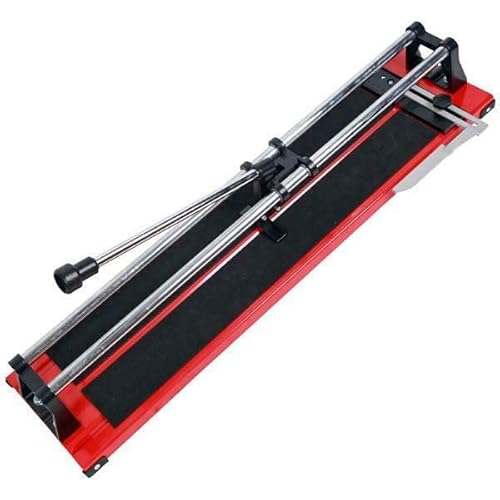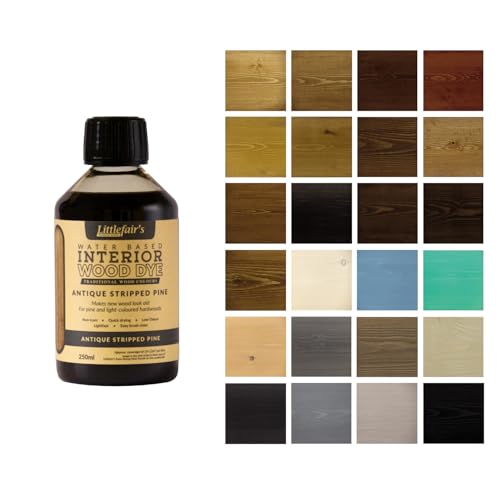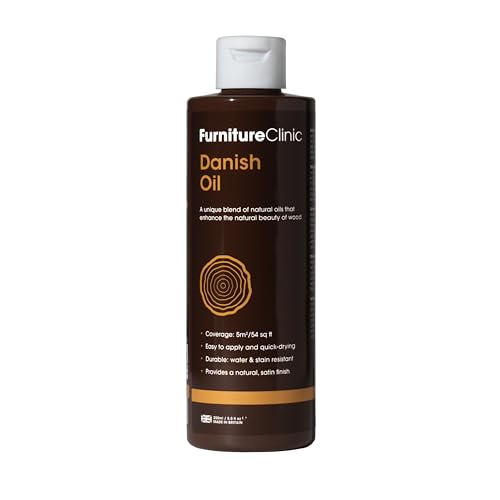Introduction to Tile Cutters: Understanding the Basics
What is a Tile Cutter?
When we think about home improvement or renovation tasks, tile laying often comes to mind. A tile cutter is a crucial tool that helps cut tiles to the right size and shape for your specific project. Whether you’re retiling a bathroom, creating a kitchen backsplash or installing floor tiles, a tile cutter will allow you to achieve precise cuts, saving you time and ensuring a professional-looking finish.
Why Use a Tile Cutter?
Using a tile cutter is essential because it simplifies the process of handling tiles, which can be delicate and challenging to cut accurately by hand. A good tile cutter will ensure clean, straight cuts, reducing the risk of chipping and wastage of materials. For DIY enthusiasts and professionals alike, having the right tile cutter can make all the difference in achieving a flawless installation.
Types of Tile Cutters: Finding the Right Fit for Your Project
Manual Tile Cutters
Manual tile cutters are a popular choice for smaller projects or DIY enthusiasts. They are operated by hand, using a blade to score the tile and then snapping it along the scored line. These cutters are usually compact, easy to use, and require no electricity, making them perfect for quick tasks or locations without power sources.
Electric Tile Cutters
For larger projects or more demanding tasks, electric tile cutters are the way to go. These machines use a diamond blade and a water reservoir to help reduce dust and prevent overheating. Electric cutters can handle thicker tiles and complex cuts with ease, making them suitable for professional work or ambitious DIYers.
Wet vs. Dry Cutters
Tile cutters can also be distinguished by whether they are wet or dry. Wet cutters use water to cool the blade, reducing dust and providing cleaner cuts; they are ideal for porcelain or stone tiles. Dry cutters, on the other hand, are convenient for quick jobs and simpler materials, but they may produce more dust. Choosing between these options depends on the type of tiles you’re working with and your personal preference.
Essential Features to Look for in a Tile Cutter
Cutting Capacity
When selecting a tile cutter, consider its cutting capacity, which is the maximum size of tile it can accommodate. For most home projects, a cutter that can handle 12×12 inch tiles should suffice. If you plan to work with larger tiles, ensure the model you choose can manage the dimensions you need.
Blade Quality
The quality of the blade is crucial for achieving clean cuts. Diamond blades are preferred for their durability and precision. Ensure that the cutter comes with a high-quality blade or has the option to upgrade if necessary. A good blade will make your job easier and more efficient.
Ease of Use
Look for features that enhance ease of use, like a comfortable handle, a clear guidance system, and a sturdy base. A tile cutter that is intuitive and simple to operate will save you frustration and time, allowing you to focus on your tiling project instead.
Portability
If you plan to transport your tile cutter between different job sites or move it around your home, consider its weight and design. Lightweight, compact models are advantageous for mobility and can be easier to store when not in use.
Top Recommendations: Our Preferred Tile Cutter Models for Every Budget
Budget-Friendly Options
For those on a budget, we recommend looking at manual tile cutters from brands like Sigma or QEP. These models are affordable yet reliable, often featuring durable construction that can handle home projects with ease. They are perfect for DIYers looking to save money while still achieving professional results.
Mid-Range Choices
In the mid-range category, electric tile cutters from brands such as Dewalt or Ryobi offer a balance between performance and cost. These machines typically have better features, like improved cutting capacity and blade quality, making them suitable for serious enthusiasts or small contractors.
Professional-Grade Cutters
For professionals or avid DIYers tackling large-scale projects, consider investing in high-end electric cutters from brands like Husqvarna or Felker. These models often come with advanced features, superior durability, and the ability to cut an array of tile materials with precision, making them an excellent long-term investment.
Maintenance Tips: How to Keep Your Tile Cutter in Great Condition
Regular Cleaning Practices
To maintain your tile cutter in top condition, regular cleaning is essential. After each use, clear away any dust or debris that may have accumulated. Most models have removable parts that can be easily rinsed or wiped down, which helps preserve their performance over time.
Blade Maintenance
Keep an eye on the condition of your blade, as a worn or damaged blade can lead to poorly cut tiles. If you notice any signs of wear, consider replacing the blade. Investing in quality blades will not only improve the cutting experience but also extend the life of your tile cutter.
Proper Storage Techniques
When not in use, store your tile cutter in a safe, dry place away from extreme temperatures. Using a carrying case or original packaging can help protect your cutter from accidental damage, contributing to its longevity.





























